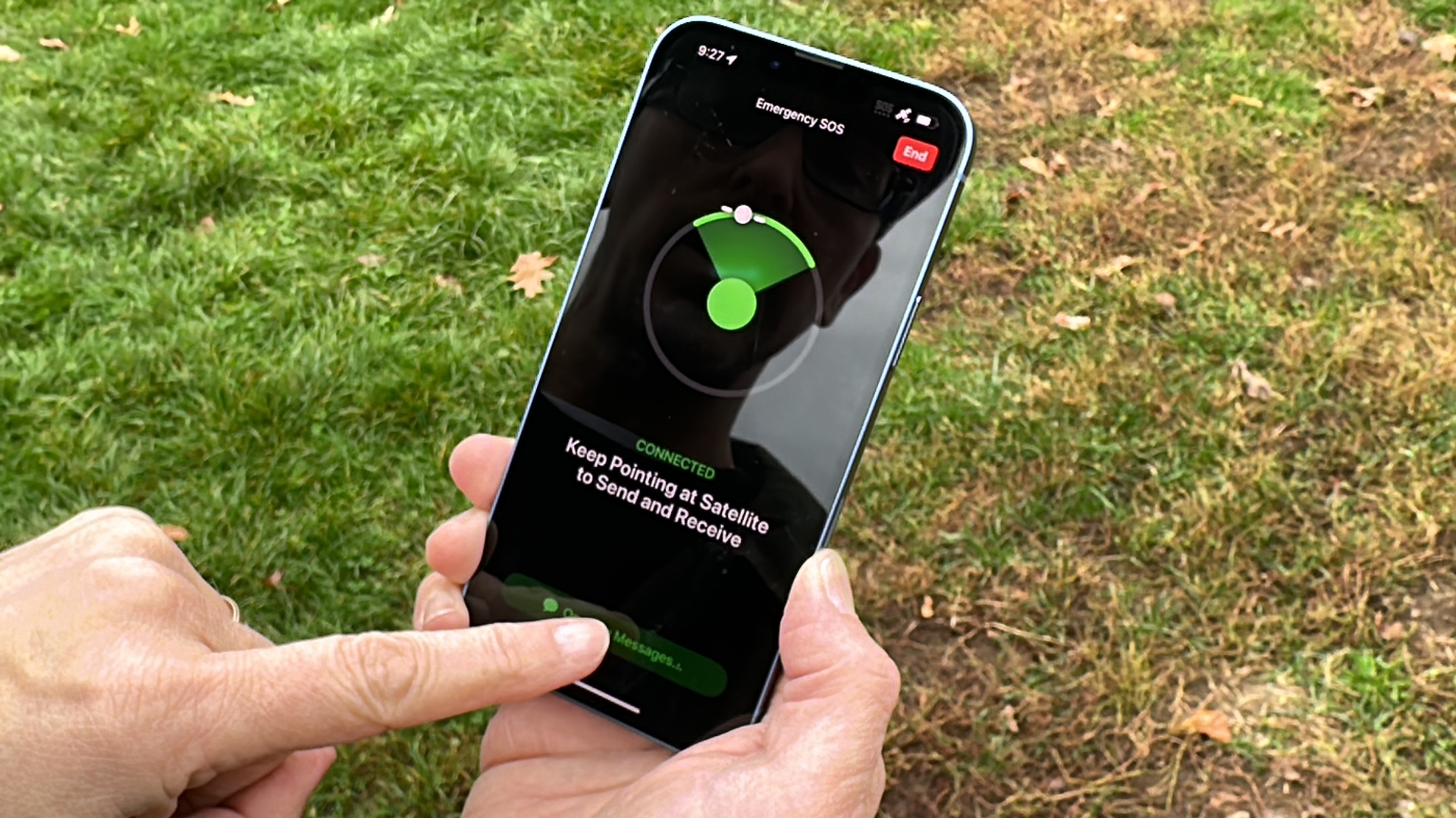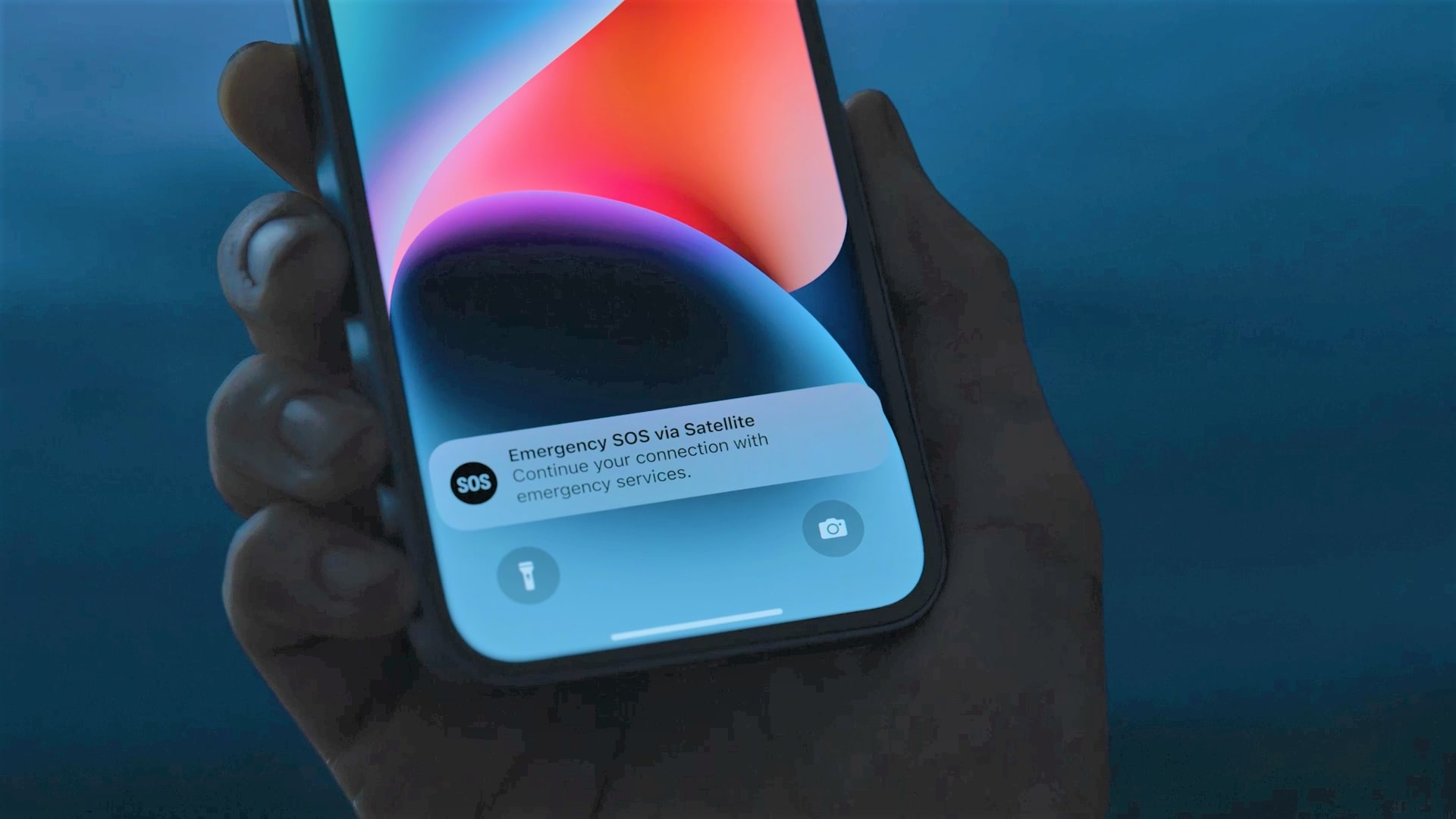Your iPhone 14 just got another free year of Emergency SOS via satellite
Free help, even with no signal

When Apple launched the iPhone 14 series last year, one thing that made these devices some of the best smartphones was Apple’s Emergency SOS via satellite feature, which was included free for two years. That period was set to end in November 2024, but Apple has just announced that it will extend Emergency SOS via satellite coverage for every iPhone 14 model for another 12 months.
That means eligible users will be able to continue using this feature until November 2025. As long as you live in a country where Emergency SOS via satellite is available (Apple has a handy list of eligible nations), you should be able to get the extended coverage automatically, provided you activated your device prior to 12 a.m. PT on November 15, 2023.
What is Emergency SOS via satellite? Simply put, it lets you contact emergency services using a satellite connection rather than regular cell service or Wi-Fi networks. That’s ideal for times when you need help but can’t get any signal – when you’re stuck out in the wilderness, for example.
Apple has made a point of highlighting incidents where Emergency SOS via satellite has aided stranded iPhone users. That includes “a man who was rescued after his car plummeted over a 400-foot cliff in Los Angeles, to lost hikers found in the Apennine Mountains in Italy,” according to Kaiann Drance, Apple’s vice president of Worldwide iPhone Product Marketing.
A slate of safety features

Emergency SOS via satellite is one of a number of safety features Apple has introduced to its iPhones in recent years. For instance, there’s Crash Detection, which can automatically call emergency services if your phone thinks you’ve been in a collision. Users in the U.S. can get the Roadside Assistance via satellite feature too, which allows you to call the AAA for help using satellite connectivity.
The Apple Watch has also been getting more safety tools over the years, such as fall detection capability, and it can measure a range of health metrics such as irregular heart rhythms and unusually high heart rates.
Interestingly, Apple has never said how much Emergency SOS via satellite will cost once the free period ends, and that’s still the case after today’s announcement. It looks like we’ll have to wait a little longer to find out how much it will set you back once Apple starts charging for it.
Get daily insight, inspiration and deals in your inbox
Sign up for breaking news, reviews, opinion, top tech deals, and more.
Still, the extension of the free period is undoubtedly good news for anyone who wants to venture into the wilderness – or who simply runs into difficulty in an area with no reliable signal.
You might also like

Alex Blake has been fooling around with computers since the early 1990s, and since that time he's learned a thing or two about tech. No more than two things, though. That's all his brain can hold. As well as TechRadar, Alex writes for iMore, Digital Trends and Creative Bloq, among others. He was previously commissioning editor at MacFormat magazine. That means he mostly covers the world of Apple and its latest products, but also Windows, computer peripherals, mobile apps, and much more beyond. When not writing, you can find him hiking the English countryside and gaming on his PC.